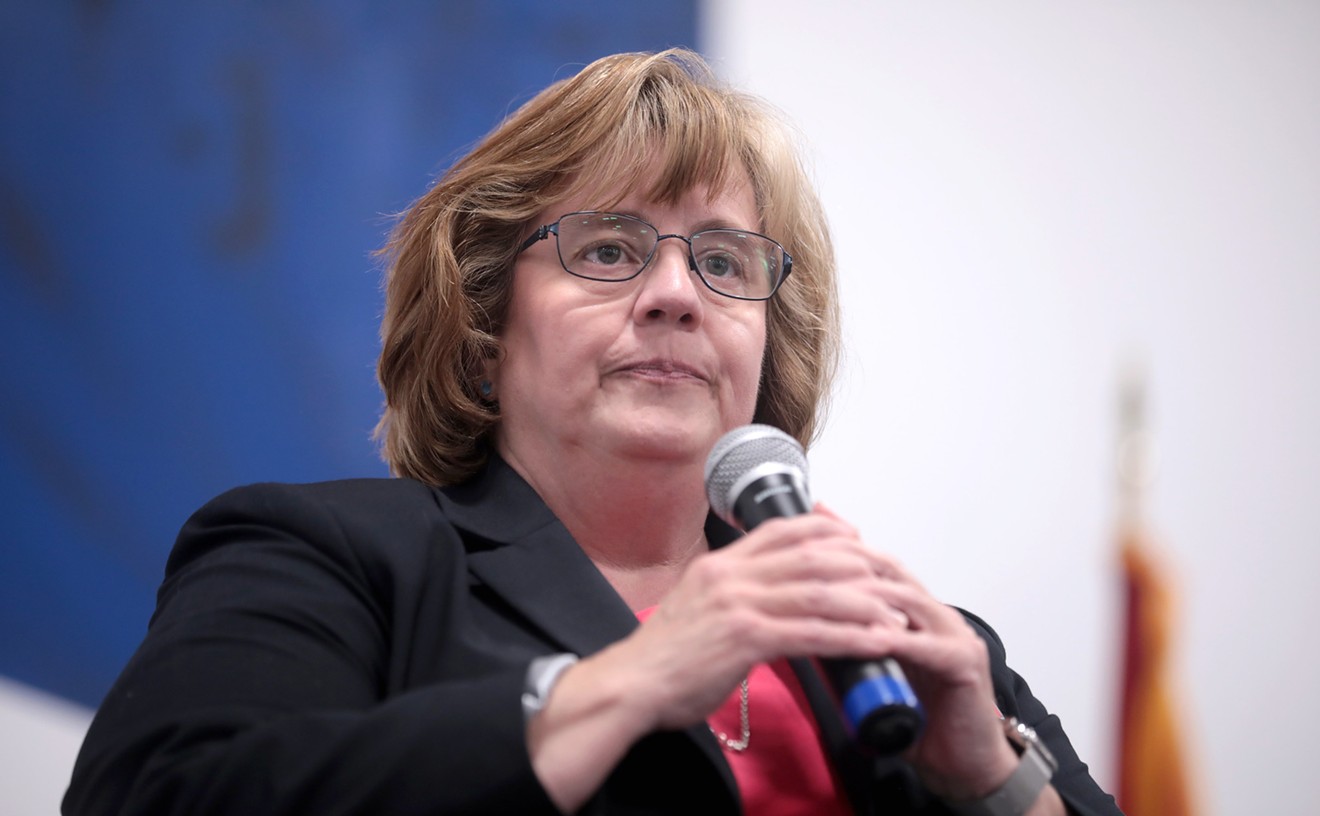The Jesse Owens Memorial Medical Center on Baseline Road, a satellite of Phoenix Memorial Hospital, has been a 24-hour emergency center since it opened in 1979, treating a range of minor and major emergencies for residents of the largely minority south side.
But come October, the center will only be open 12 hours per day, and will no longer take emergency cases. Instead, Phoenix Memorial will continue to run the center as an urgent-care clinic. It will handle minor medical needs--broken arms, ear infections and the like--that require quick attention but are not life-threatening.
True emergency cases will be sent to other hospitals, including the emergency room at Phoenix Memorial, five miles to the north.
The change will have little impact on healthcare for the south side, says hospital spokesperson Kelly Brenner, since most of the care the center provides now does not involve emergencies.
"What we found from the in-depth studies that we did is that roughly 97 percent of the cases that come in there are urgent care," Brenner says. "We will still be able to treat those."
But minority community leaders, and some Jesse Owens workers, say the south side will be losing a lifesaving service, and that Phoenix Memorial has tried to implement the change while drawing as little attention as possible.
"The shootings that happen over the weekend, we get them here," says one employee who asked that her name not be used, because she hopes to keep some sort of position with the hospital. "Car accidents that happen after hours. Well, we're not going to be here."
Employees were told about the change two weeks ago, they say. "We were told it's because we've been losing a lot of money," one worker says. The hospital has promised to try to find other jobs at Phoenix Memorial for workers no longer needed at Jesse Owens.
Charles Fanniel, president of the Maricopa County office of the NAACP, says community leaders were not informed of the change, and learned of it only through the rumor mill.
"I heard about it early last week, and I've been waiting to get all the information on it," Fanniel says. "I think that this is certainly a tragedy."
Phoenix City Councilmember Calvin Goode says he learned of the changes late last week, and was trying to get more information from the hospital. "I plan to look into it," Goode says. "According to the feedback I get, the clinic has been important. In fact, many people were looking forward to the time when there would be a hospital. This is not in the order of things they were looking forward to."
Steve Jensen, spokesperson for the Phoenix Fire Department, which transports 40 or 50 patients to the center each month, says Phoenix Memorial has yet to notify the department that the center will no longer take emergency cases.
Jensen, however, agrees with the hospital's contention that ending emergency services at Jesse Owens will not place south-side emergency patients at any greater risk.
Paramedics can perform most of the same treatments that are now performed at the clinic at the scene of an injury, he says. With Phoenix Memorial's emergency room only five minutes farther away, he says, the changes "really won't have all that much effect on overall care."
The emergency room at Phoenix Memorial will also undergo a $1 million expansion and fix-up, Brenner says, so it will be able to handle more trauma cases.
The decision to scale back Jesse Owens, Brenner says, came after a yearlong study of the clinic's patient traffic.
The study found that only 2.5 percent of the cases treated at Jesse Owens are "true" emergencies, she says. The clinic handled 286 emergency cases that came in after 10 p.m. from July 1992 to June 1993.
In most of those cases, she says, Jesse Owens only stabilized patients before they were transferred to other emergency rooms, anyway, so closing down for the night will not put lives at risk.
The center, workers note, was opened in 1979 after the flooded Salt River cut off South Phoenix from medical care to the north. Medical workers had to be flown across the river in helicopters to take care of emergencies on the south side.
In ensuing years, Jensen and Brenner say, the city's paramedic services have improved to the point that a trauma center does not need to be located far to the south.
"We can keep patients alive and get them to a trauma center," Jensen says.
Fanniel, however, says low numbers are not justification enough for curtailing service in one of the city's poorer neighborhoods. "It seems to me like we are regressing instead of progressing," he says. "I am very sorry and disappointed to hear that.










